The Last Of The Breed: 1970 Cadillac Coupe deVille

1970 Cadillac Coupe deVille
1971 Cadillac Coupe deVille
1976 Cadillac Coupe deVille
Poised dignity…is the true hallmark of every traditional Cadillac motorcar. The important case in point here is the fact Cadillac built the last of an impressive era in luxury motoring for the 1970 model year. I am going to show you the gradual down-sizing nobody saw coming. This is why you will see the 1971 and 1976 Cadillacs along the story to show the evolution and the beginning of the end of that poised dignity –
“America’s Favorite Luxury Car” had once again won the admiration from automotive enthusiasts worldwide. Coupe deVille’s intimate personal luxury combined with spacious six-passenger comfort made it one of Cadillac’s most profitable model series in the history of the brand. The 1970 Cadillac Coupe deVille presents an encore performance…in the continuing saga of “As the Standard of the World Turns.”
1970 Cadillac Coupe deVille
1971 Cadillac Coupe deVille
1976 Cadillac Coupe deVille
The two most popular DeVille models, Coupe and Sedan deVille, took turns beating each other’s sales production totals. ALL 1970 Cadillacs are true masterpieces from the Master Craftsmen. Probably the most charismatic model is the Coupe deVille.
Cadillac created a new divisional record of 238,745 total vehicles built for the 1970 model year. Coupe and Sedan deVille models have a combined total production of 181,719 vehicles…which is more than some auto manufacturer’s aggregate total production numbers.
Model # 70-683 body style # 68347J 1970 Cadillac Coupe deVille two-door hardtop had a base price of $5,884. Its shipping weight is 4,650 pounds and 76,043 units were built. Coupe deVille doesn’t compromise luxury car attributes. These land yachts float over the worst pavement effortlessly; boulevard travel intrusion is negligible. Its outstanding overall ride quality is due in no small part to a long 129.5” wheelbase. Coupe deVille has a luxury length of 225” and is 79.8” wide.
1970 Cadillac motorcars are powered prodigiously by the 7.7 litre 16-valve 472 CID OHV V8 engine (with cast iron block and cylinder heads). This naturally aspirated V8 is equipped with a Rochester 4MV 4-bbl downdraft Quadrajet carburetor with equalized manifold, mechanical fuel pump, dry-type air filter, and an improved automatic choke. A controlled combustion system is designed to reduce hydrocarbons in the exhaust (NO catalytic converter). The best part of owning cars like these…we may work on them ourselves without expensive digital equipment with standard tools.
This big-block V8 cranks an impressive 375 hp @ 4,400 rpm with an astounding 712 Nm of peak torque @ 3,000 rpm. Longitudinal acceleration is rated as 0-60 mph in 8.1 seconds, 0-100 mph in 22.6 seconds with a top speed in the 128-130 mph range. The mighty 472 CID V8 can do the ¼ mile @ 88 mph in 15.9 seconds. The engine is mated to the GM Turbo-Hydra-Matic 3-speed automatic transmission that provides a smooth response in all gear ranges and notorious reliability. Isn’t it a treat to see a REAL Cadillac engine?
The classic 1970 Coupe deVille is an extremely large all-metal two-door hardtop. The youthful beauty of its bearing complete with all its Cadillac-endowed elegance and dignity made Coupes deVille from this genre highly desirable.
Its rugged architecture boasts a “Body by Fisher with interior handcrafted by Fleetwood.” Traditional Cadillacs are front engine rear-wheel drive configurations built as body on frame construction. A fully boxed perimeter frame is the rigid backbone of Coupe deVille.
The front suspension features a revised integral steering knuckle for longer life. Upper and lower control arms are assisted by helical coil springs. Rubber mounted strut rods and bushings absorb road shock and isolate road noise canceling both before reaching the cabin.
A newly designed rear axle is quieter with the ability to accommodate the additional torque-thrust of the 7.7 litre V8 – which by the way, is the highest of any car for the day. Extraordinary engineering innovation and impeccable craftsmanship made Cadillac the top-selling luxury car for 1970.
Cadillac patented “Triple Braking System” is unique for the day. A dual hydraulic master cylinder facilitates the independent operation of front and rear braking system. Should one set fail, the other set will safely bring this 4,600+ pound land yacht safely to a halt.
Coupe deVille’s standard automatic vacuum release parking brake is a true auxiliary tandem-operated foot brake in an emergency, it will not lock with the engine running and the car in a drive gear. Cadillac’s standard power braking system is fitted with discs to the front axle with finned composite drums for the rear. Cadillac power brakes are self-adjusting each time the car is driven in reverse gear and the brakes applied.
Cadillac’s Variable Ratio Power Steering is another sophisticated system that constantly changes adapting to the driver’s style and the needs for current driving situations. It allows this luxury behemoth to perform as graciously as a much smaller vehicle. Sounds suspiciously like today’s electronic adaptive steering technology in the raw…the 1970 Cadillacs achieve this feat mechanically. The 1970 Cadillac motorcars are the “Standard of the World” in engineering prowess.
The 1970 Coupe deVille isn’t a one-trick pony. It is the luxury car of beauty and high-performance, as well as comfort and convenience. Its generous exterior proportions provide a capacious interior for six passengers to stretch out in the grand Cadillac manner. High-backed lounge chair type seating rivals the comfort of fine home furnishings. These were the most enviable seats in the world of luxury motoring.
A two-way power front seat is standard with an optional power 60/40 dual comfort front seat arrangement available to make Coupe deVille as distinctive as its owner’s requisites.
Wide, soft front and rear folding center armrests, power windows, and interior courtesy lighting are among the 1970 Coupe deVille’s impressive portfolio of luxury amenities as standard equipment. The elegance of Coupe deVille has graced the highways of the world in high style. 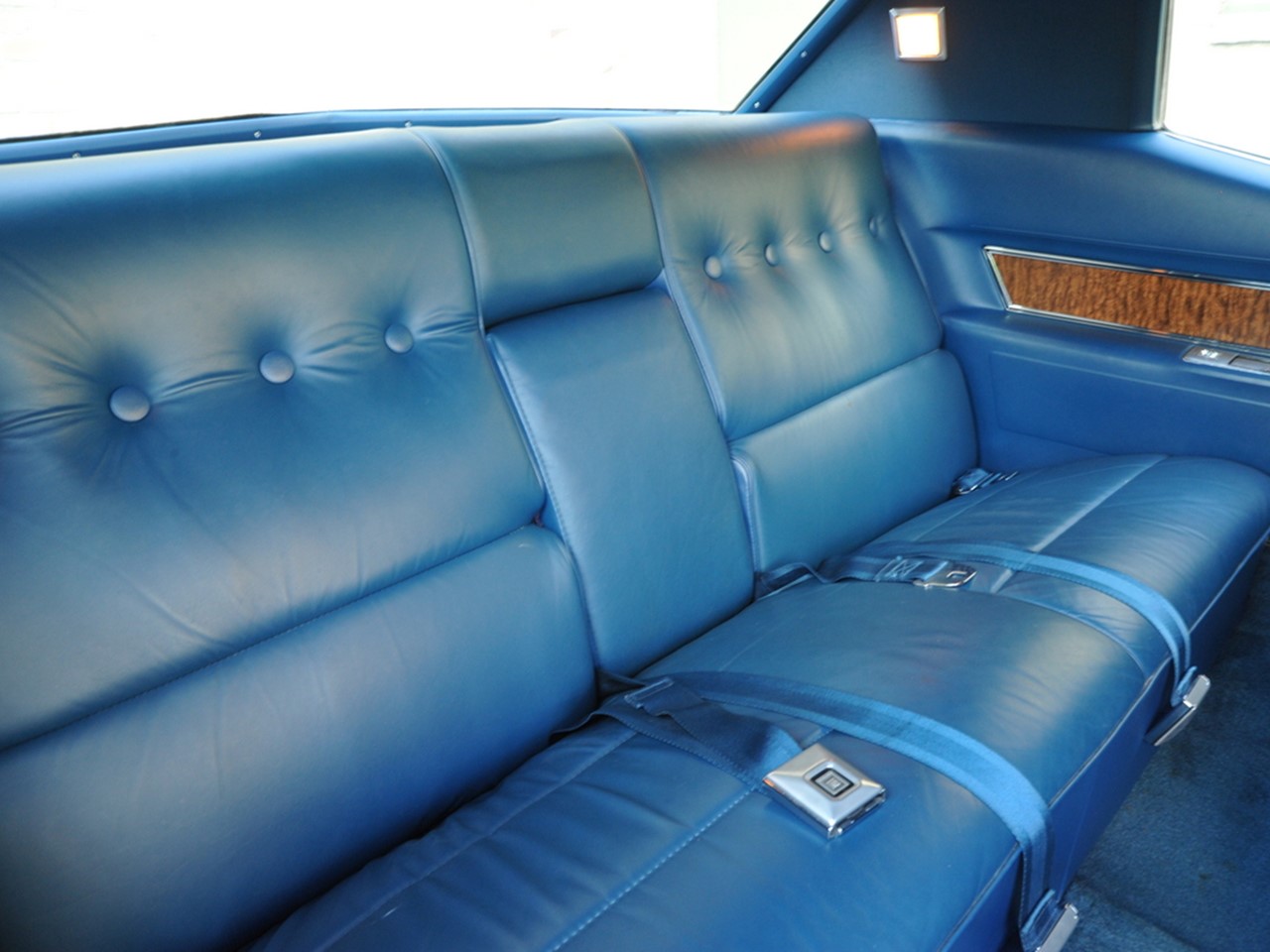
The most significant production finale…is the end of tooling and production dies for the more ornate and complex build used by Fleetwood and Fisher Body. The 1971 model line-up showcased a completely new design that required far less hand-finishing than the previous Cadillac design.
Modular components are bolted on versus the cutting and welding processes previously utilized. The 1971 model year sneaked in a subtle downsizing to each and every model initiating the downsizing trend for all domestic automobiles. Downsizing is evident, compare the 1971 Cadillac Coupe deVille interior to the 1970 and then look at the 1976 Coupe deVille.
To clear up misconceptions…wheelbase, overall length, and weight are not to be considered when I say “downsizing.” I am referring to the reduction in sheet metal and the overall lowering of the marque’s design preparing the clientele for the smaller Cadillacs to come. The designers had to keep Cadillac true to form so they increased the wheelbase and length. With lighter weight components they had to increase the weight to anchor the car to the road properly. Besides, the designers had to do the chop-chop ‘piece meal’ because had they done it all at once – the true following would have been terribly disappointed.
Sure…1971 Cadillac models retained the same full-size attributes which the brand is renown. Everything on the car is trimmed down with an overstated greenhouse which made one think it was the same big-car protocol business as usual – but it is not. Body panels for 1971-1976 Cadillac motorcars are assembled using bolts and ‘shims’ to adjust the fit and shut-lines. Unfortunately, as they aged the shims popped out leaving a ‘saggy’ look to the entire body.
The front fenders and ALL doors needed attention. The 1971-1976 Cadillacs had to be returned to the body shop for re-alignment of the bodyshell components tightening many bolts that have slipped loose when the shims popped out. Ditto for the heavy all-metal hoods most of which required new hinges and shims (depending upon how hard you slam it shut).
Thinner gauge metal is now used to save weight. Stainless-steel replaces chrome trim in certain areas while modular component assemblies are the primary weight-reduction focus for full-size Cadillacs from this genre. The soon-to-be CAFE standards were ramping up to launch for both fuel economy and cleaner burning V8 engines reducing hydrocarbons in exhaust emissions.
Now, do you see what’s happening? Cadillac had to lighten the overall weight distribution to achieve the new for the day CAFE standards. Cadillacs were achieving the best fuel mileage when they made the 500 CID V8 engine standard on all DeVille/Calais/Fleetwood models for the 1975-1976 model years. The old 472 CID was designed for the use of leaded premium gasoline and wasn’t eco-friendly when it came to smog controls. (This is why 1968, 1969, and 1970 Cadillacs ROCK)
The 1970 Cadillac Coupe deVille retained the poised dignity which is the hallmark of every traditional Cadillac motorcar. At the time when they were prominently driven on the highways of the world; we had no idea this prefaced the beginning of the end of this American grand marque.
Coupe deVille was at one time, the flagship coupé. It became a winner from its inception as a high-end luxury option for the Series 62 coupé in 1949. Coupe deVille was joined by the introduction of the Series 62 hardtop Sedan deVille in 1956. The DeVille series became America’s favorite luxury cars throughout their tenure.
The 1970 edition continues the eloquent DeVille legend with all the majesty and eminence of a true luxury leader. The formidable 7.7 litre 472 CID V8 engine was in its third model year of refinement delivering 375 hp effortlessly.
Richly tailored appointments, comfort & convenience features, combined with engineering superlatives beyond conjecture made it the premier choice in luxury motoring. Coupe deVille for 1970 is the most exciting manner in which to savor classic Cadillac elegance…in the continuing saga of “As the Standard of the World Turns.”
Welcome to Greg’s World…
Greg’s World IS NotoriousLuxury…
NotoriousLuxury © 2018 – 2020




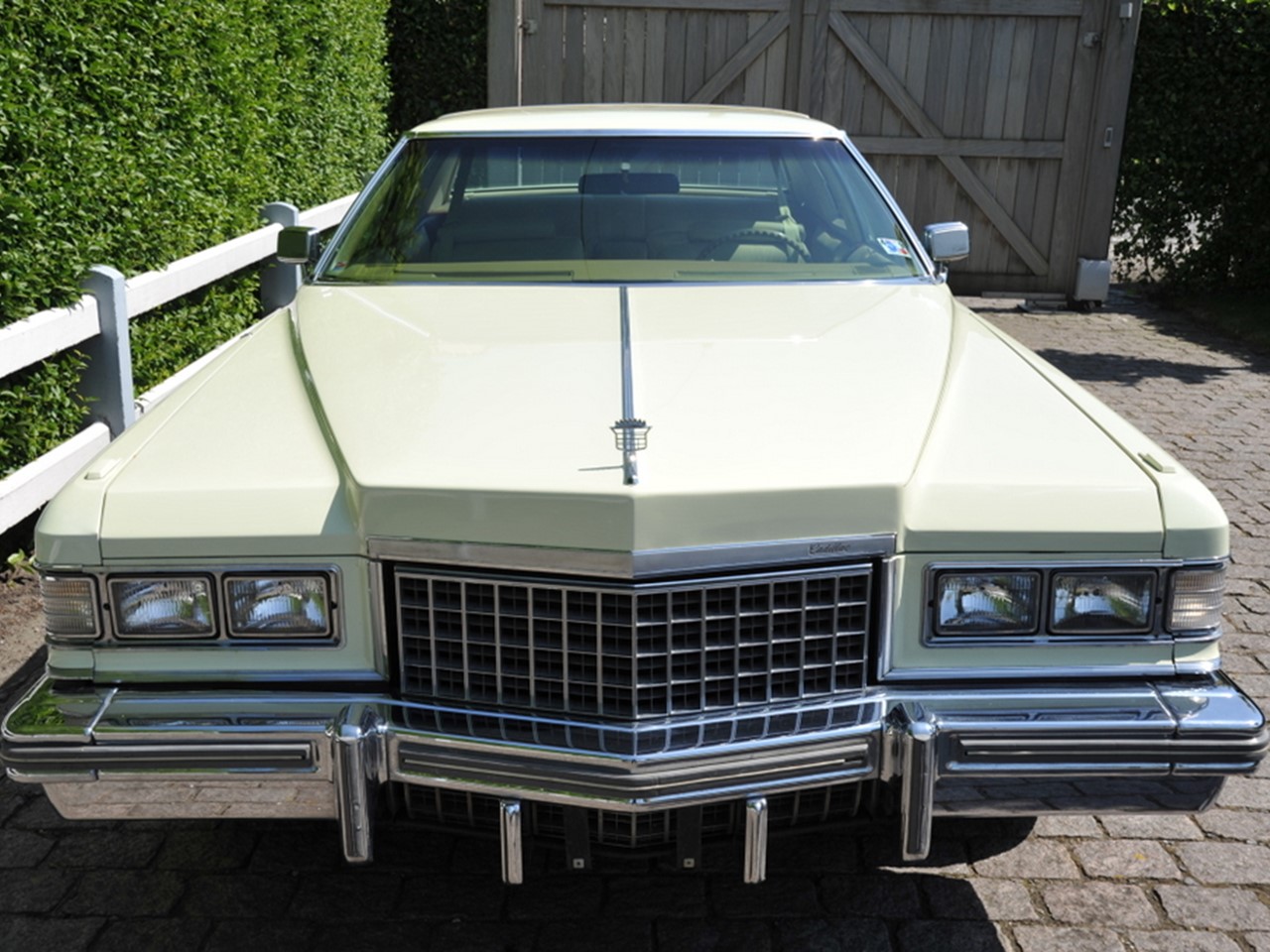
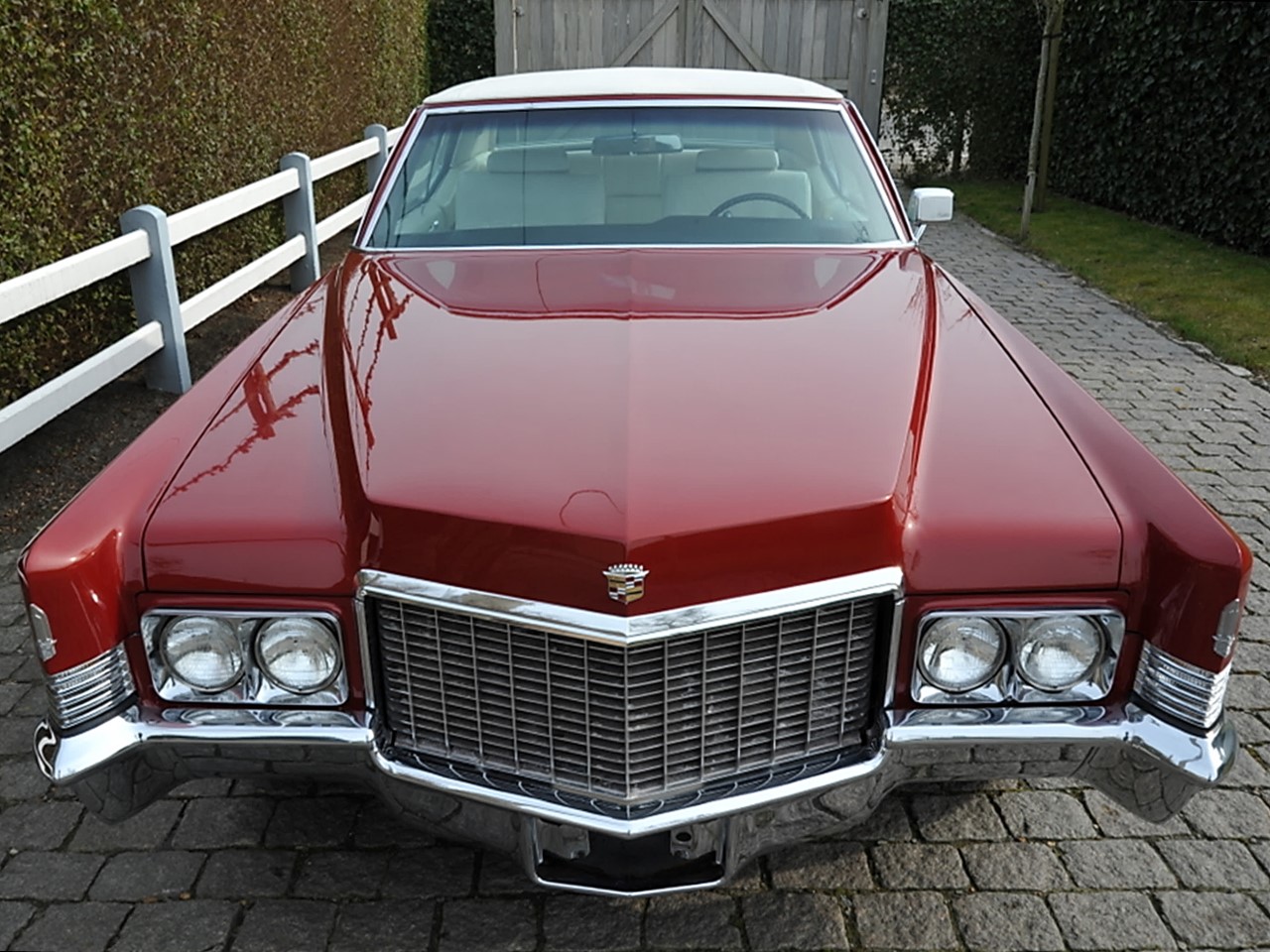
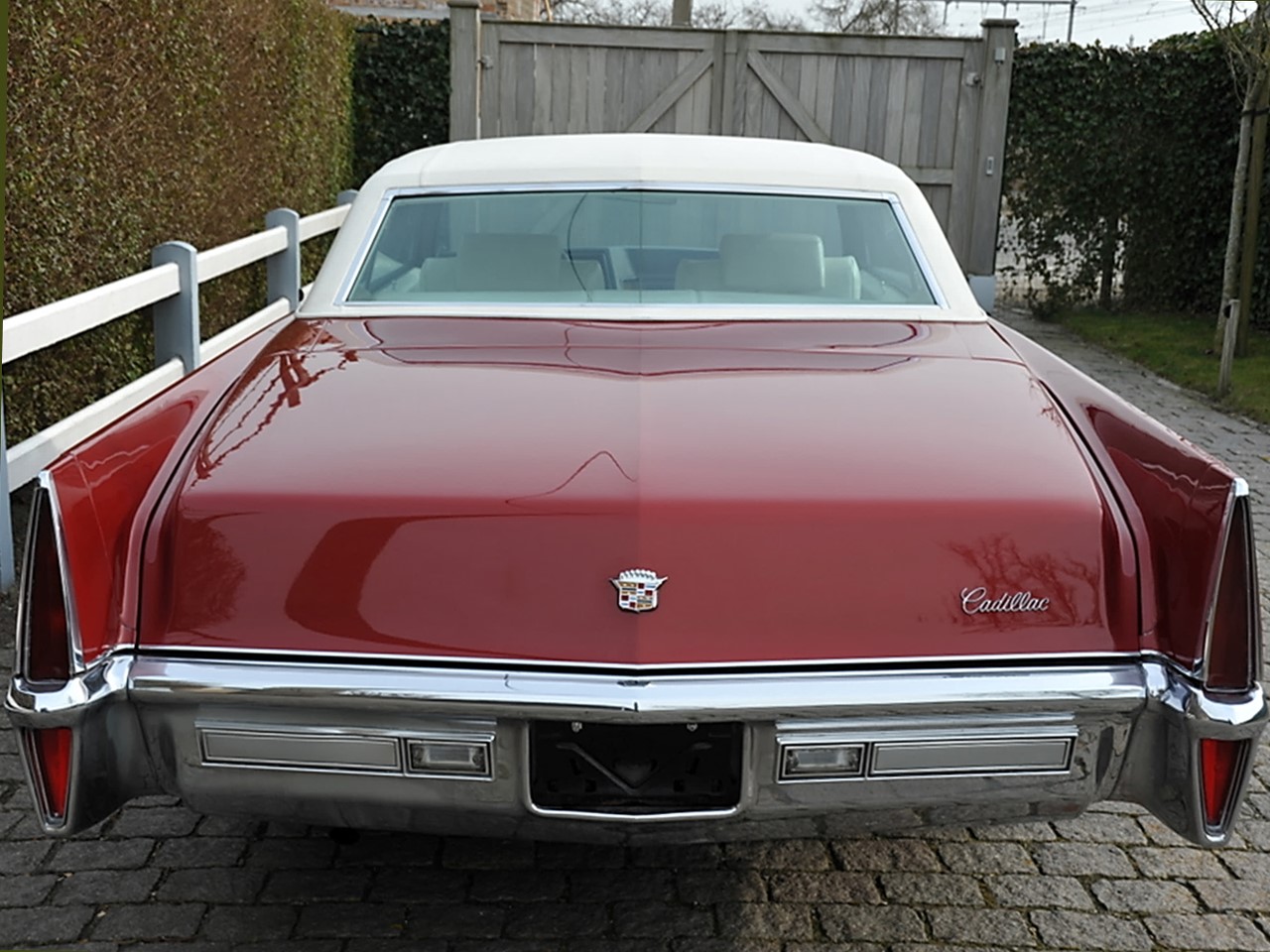
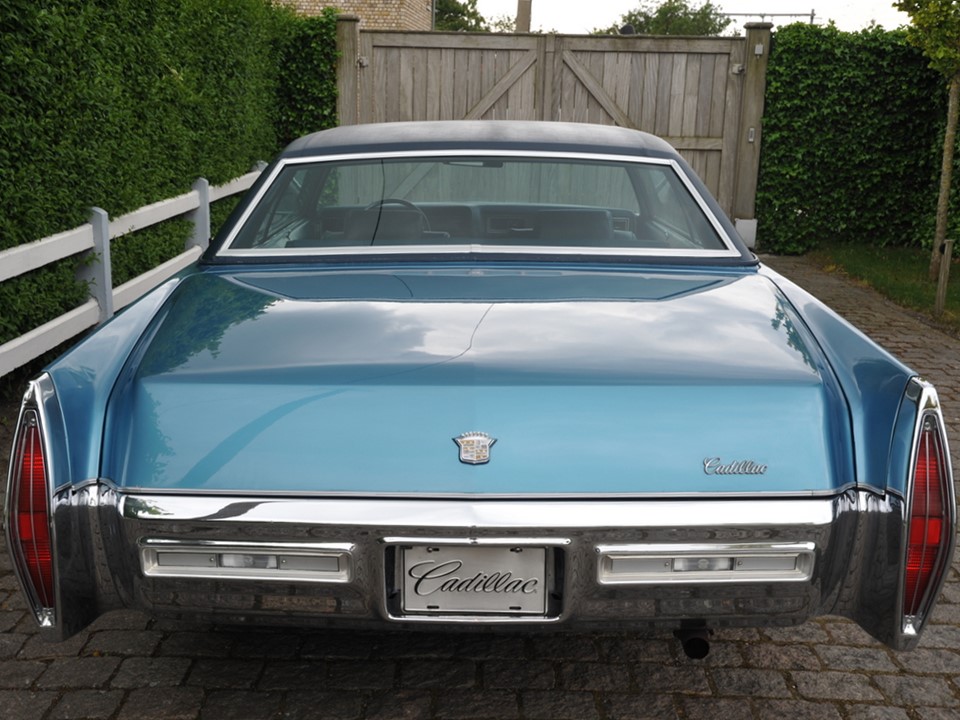
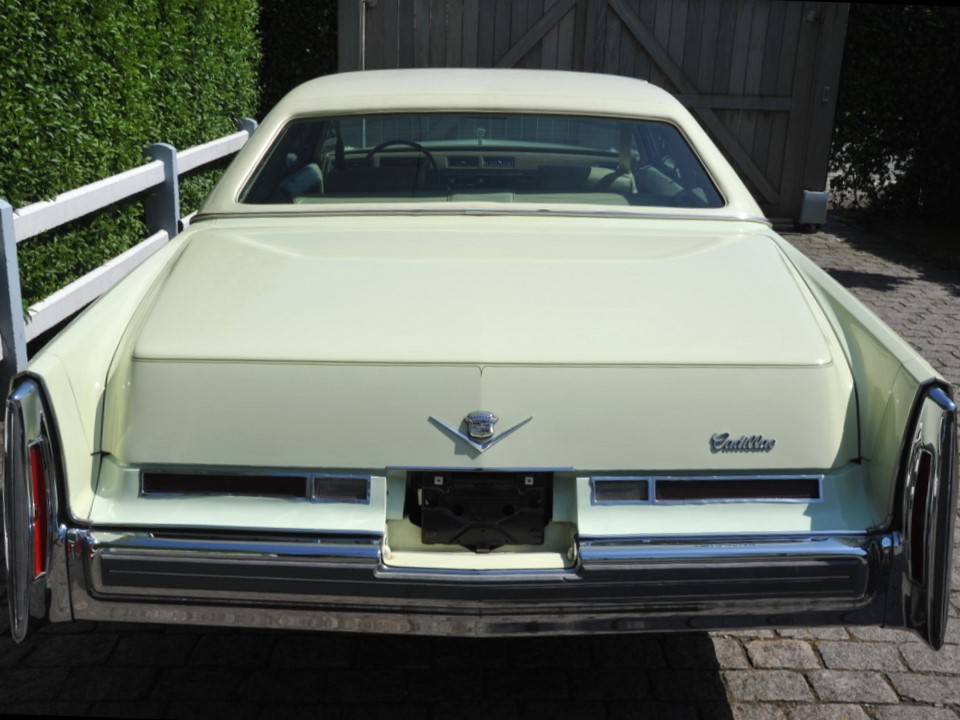

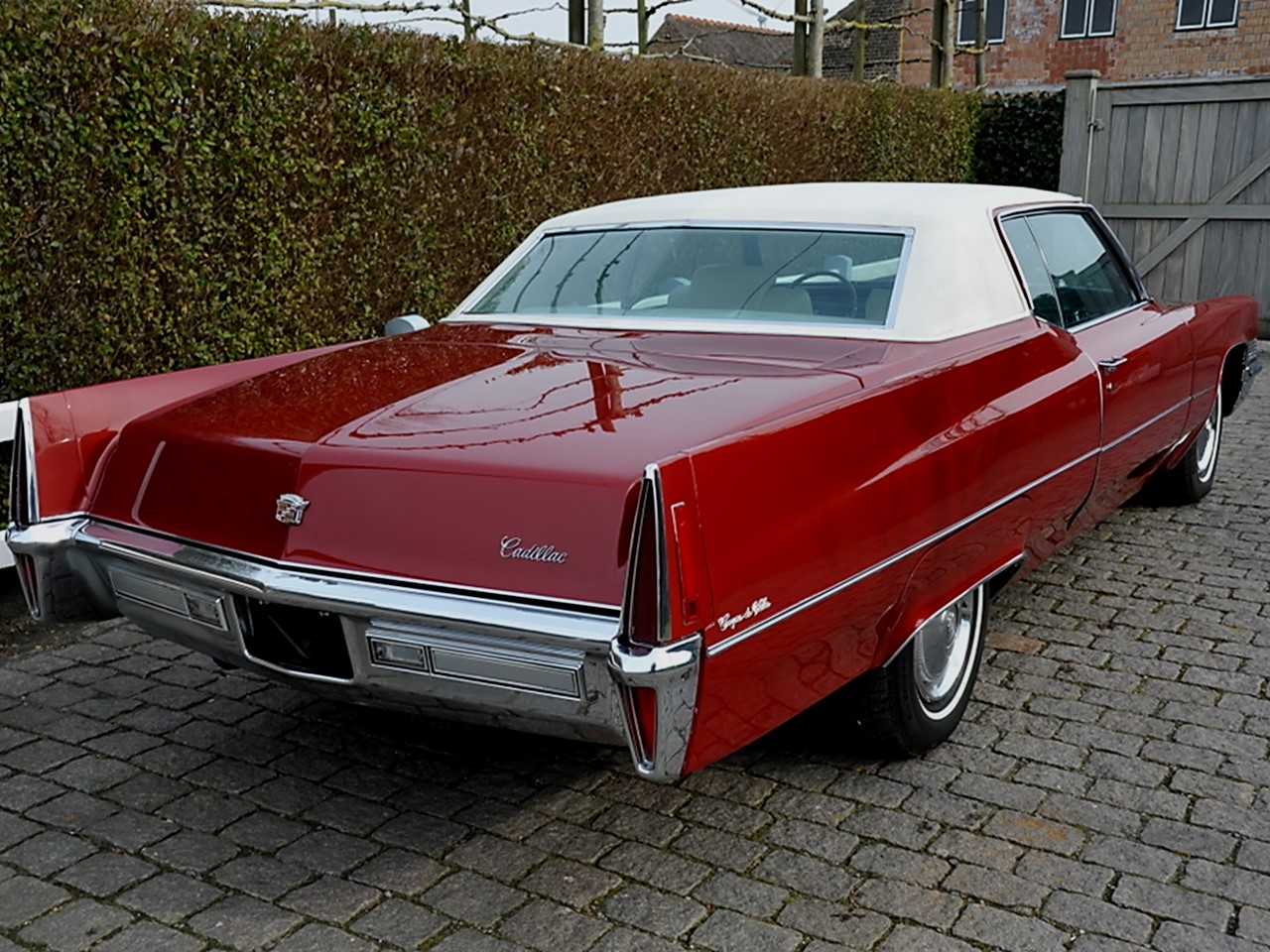
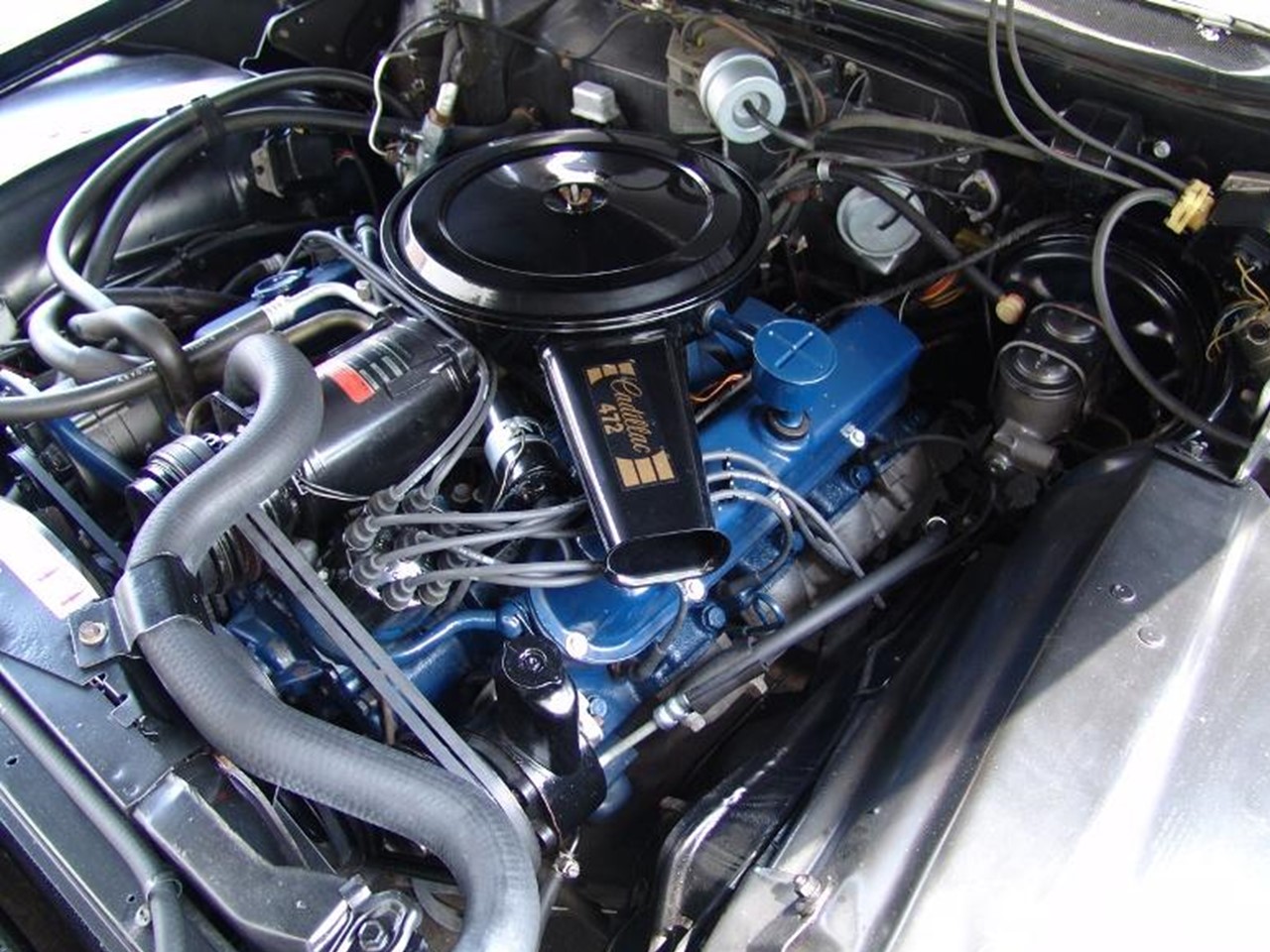


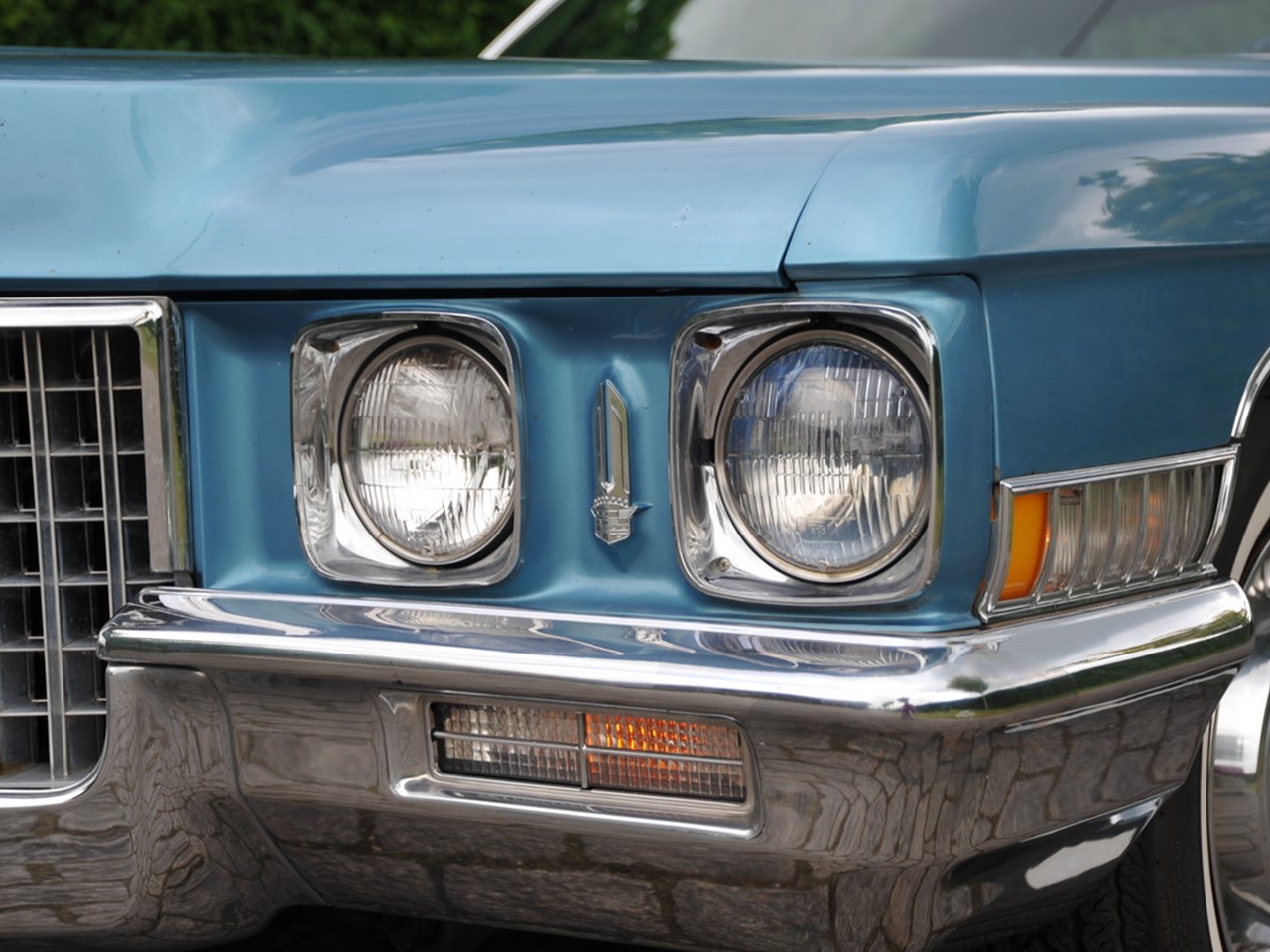




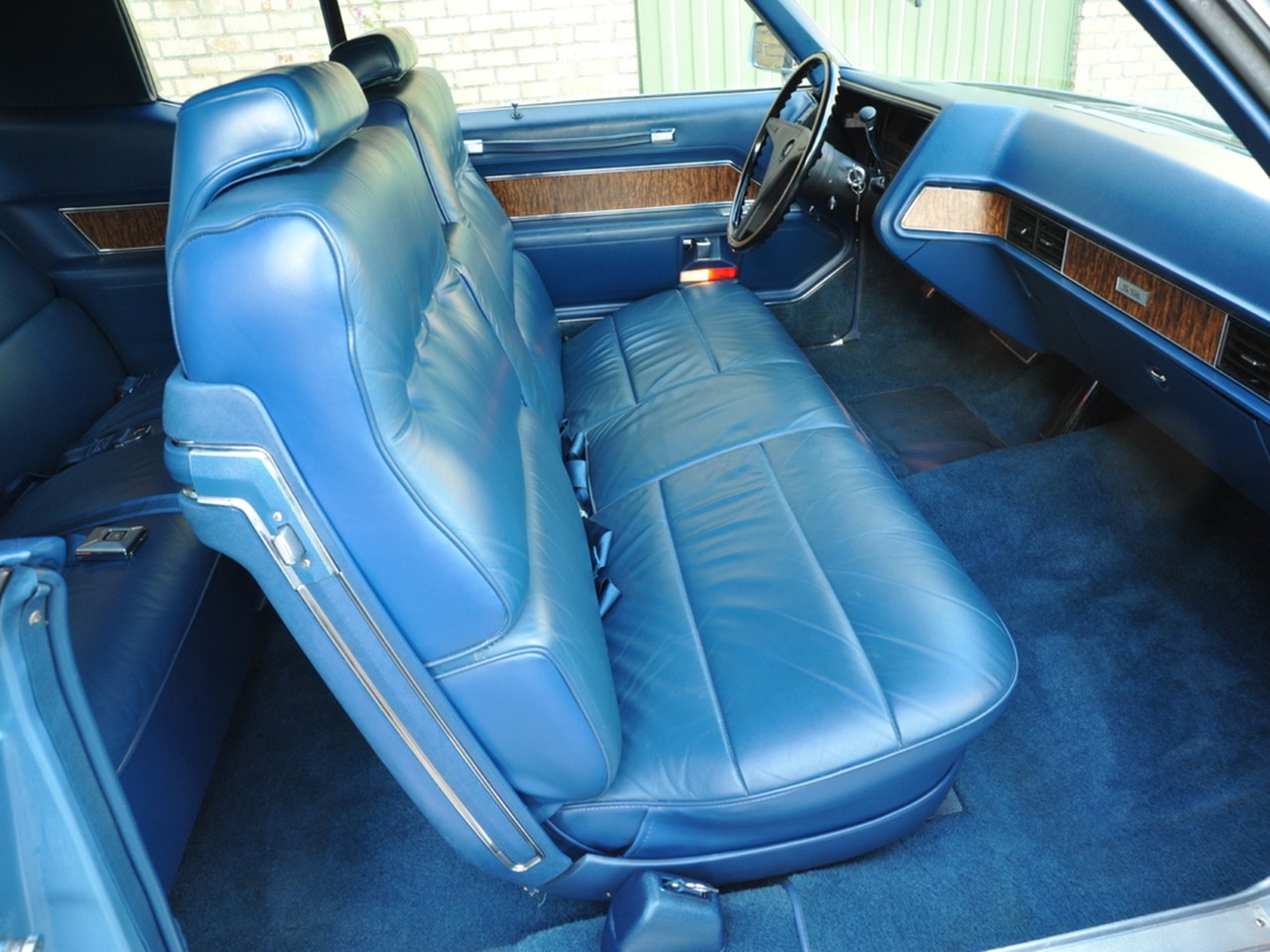


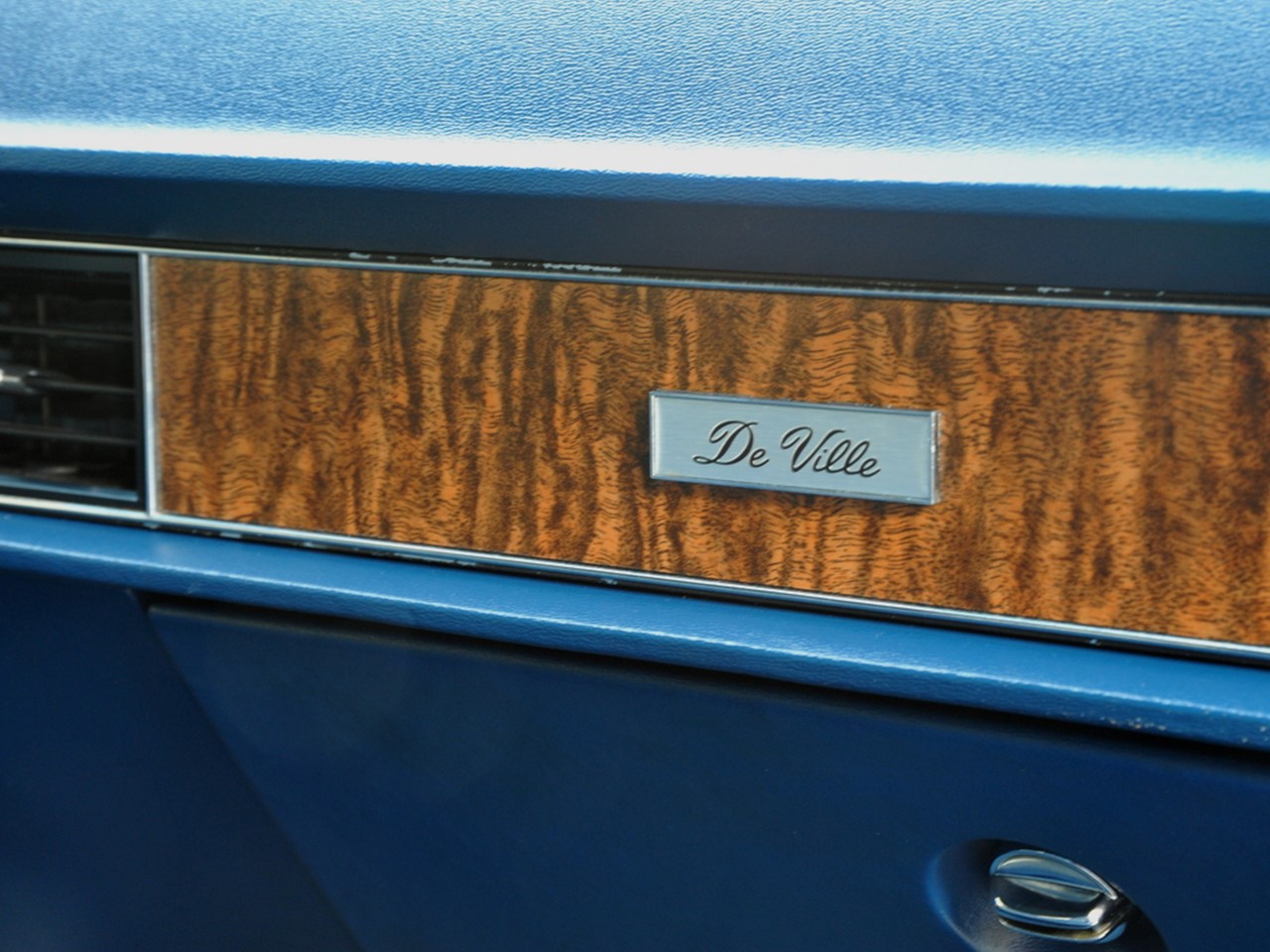
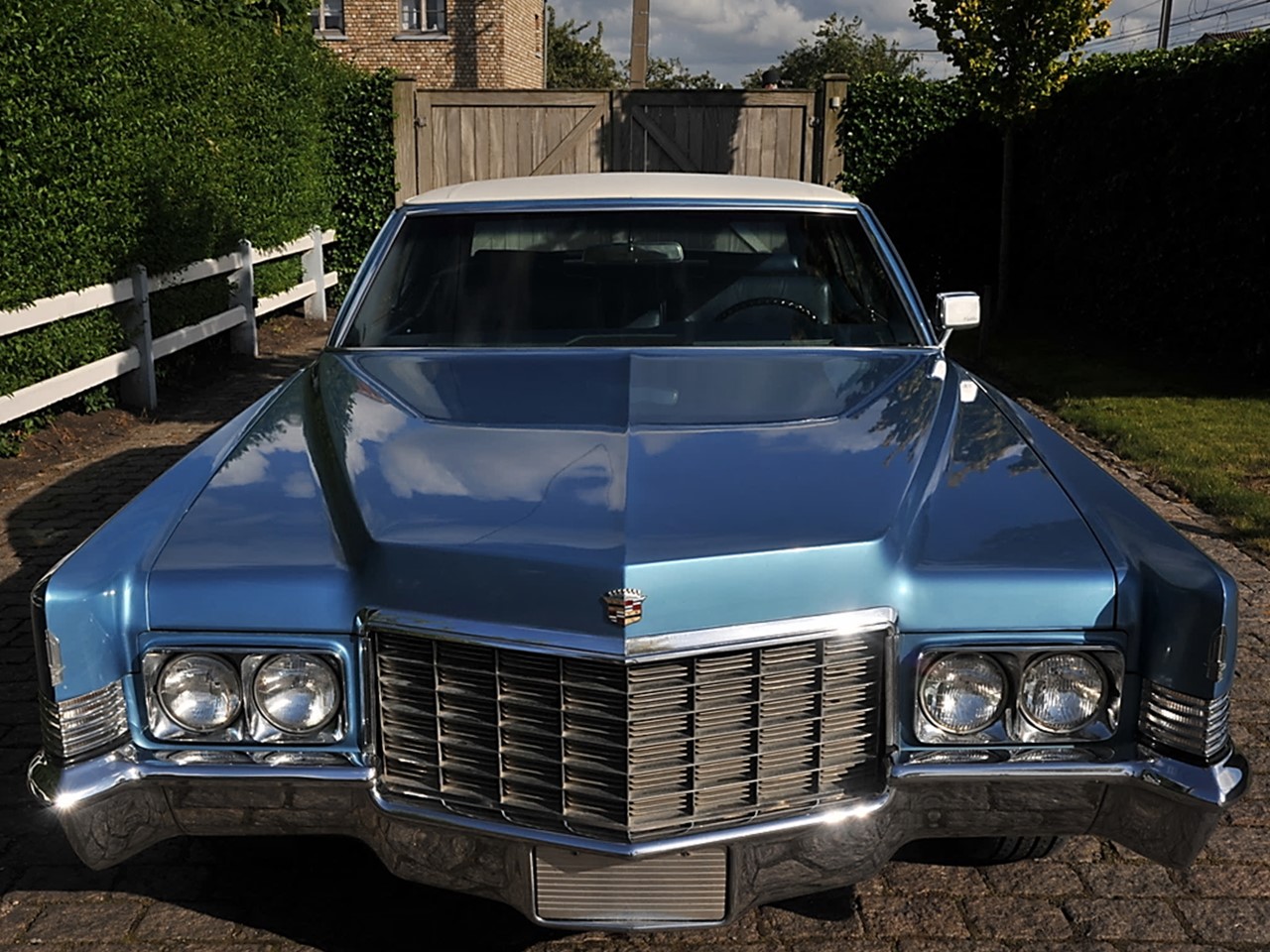
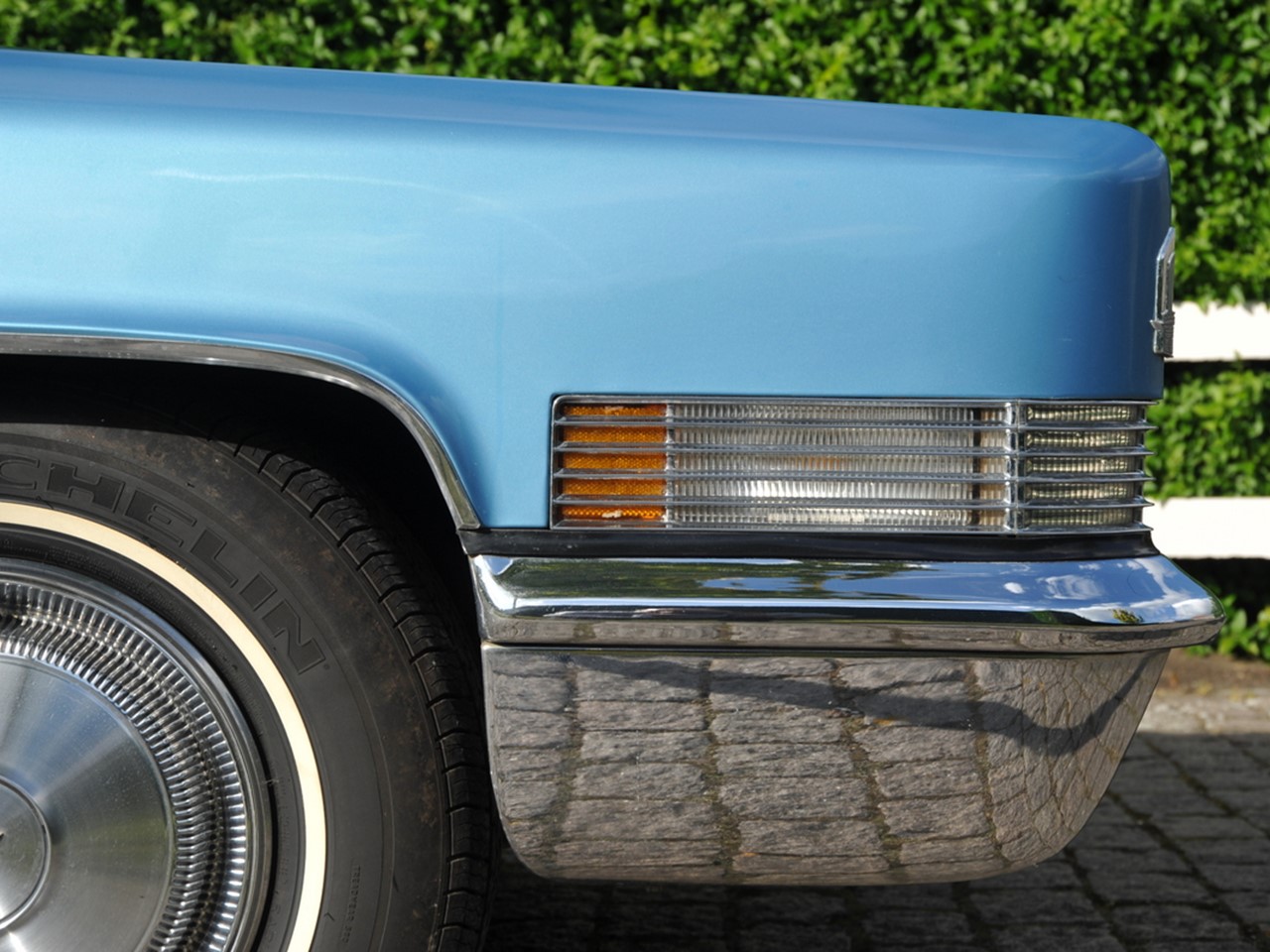
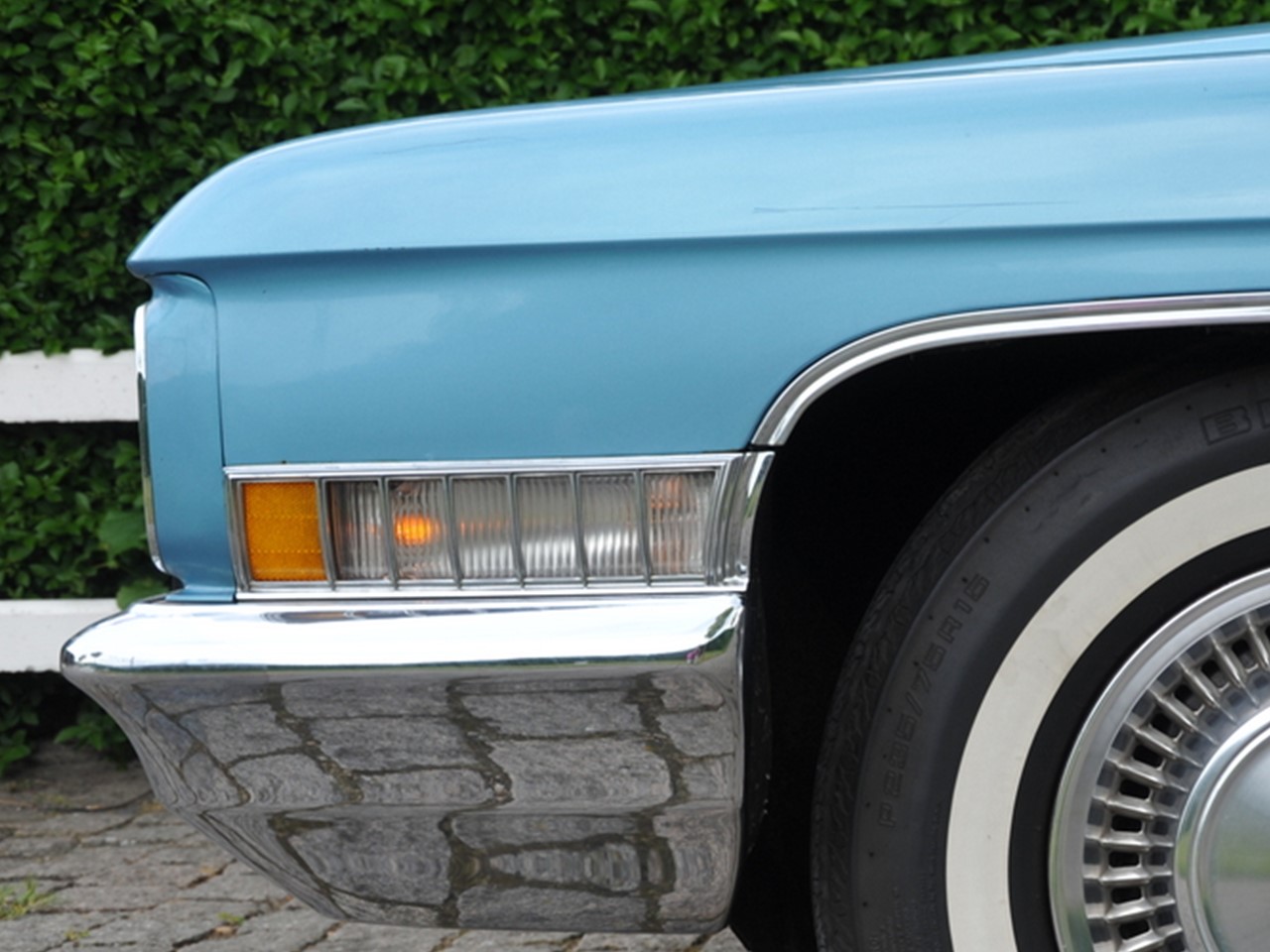
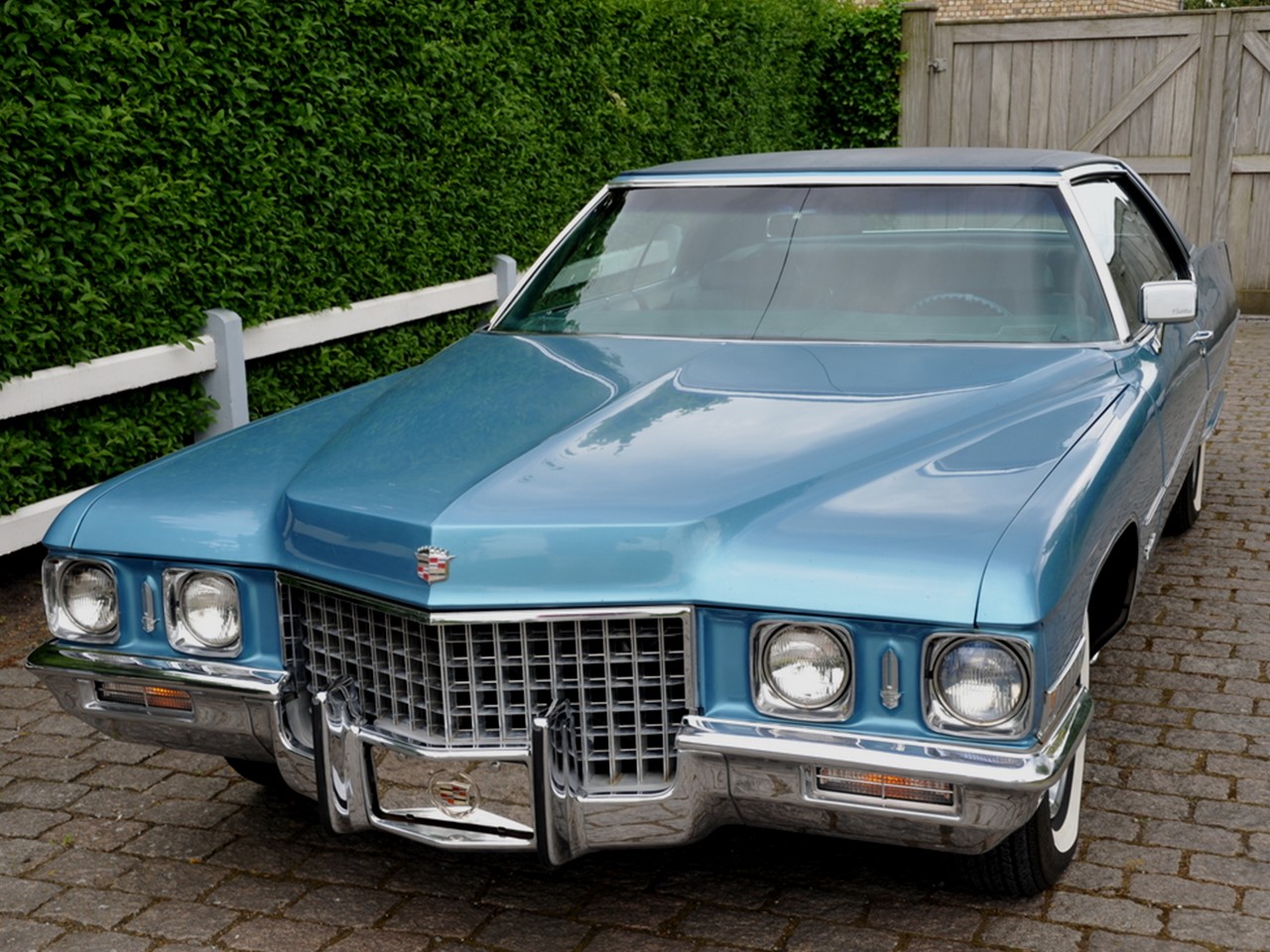
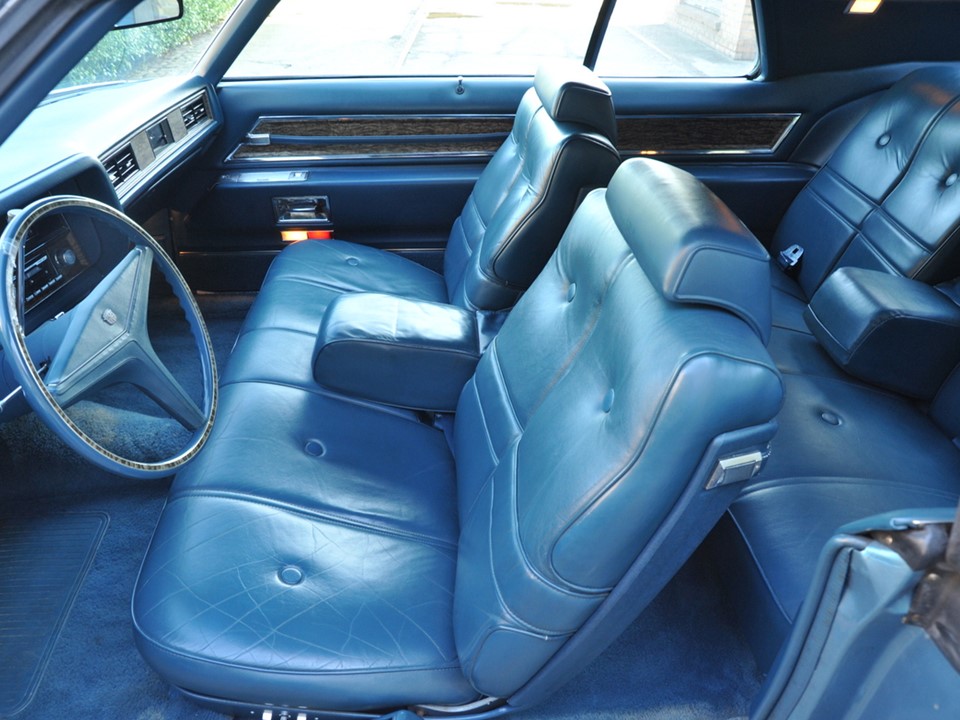



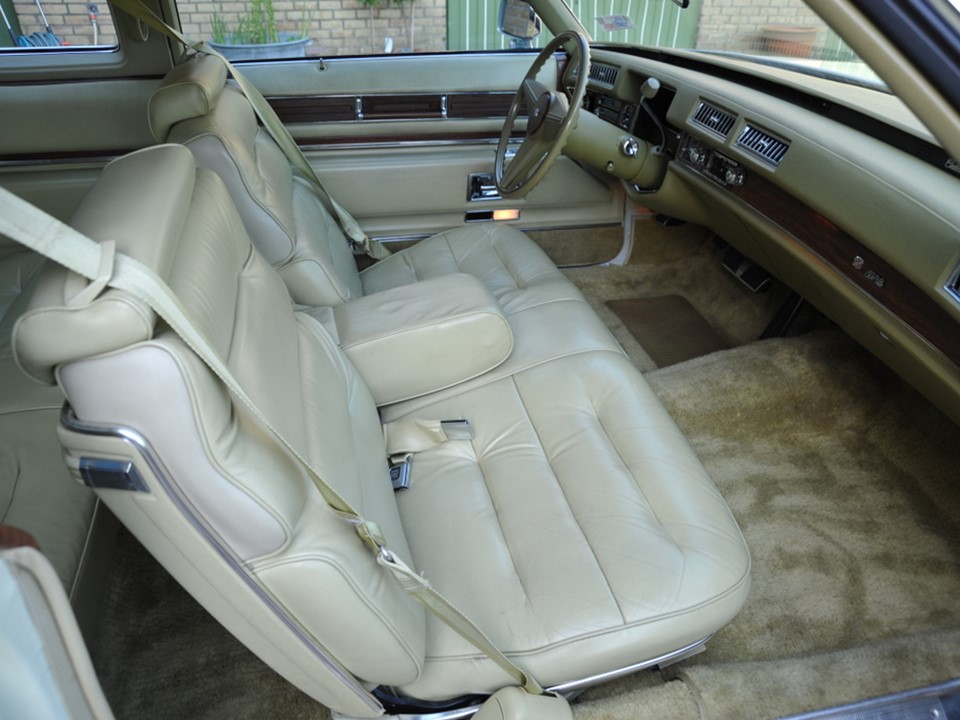
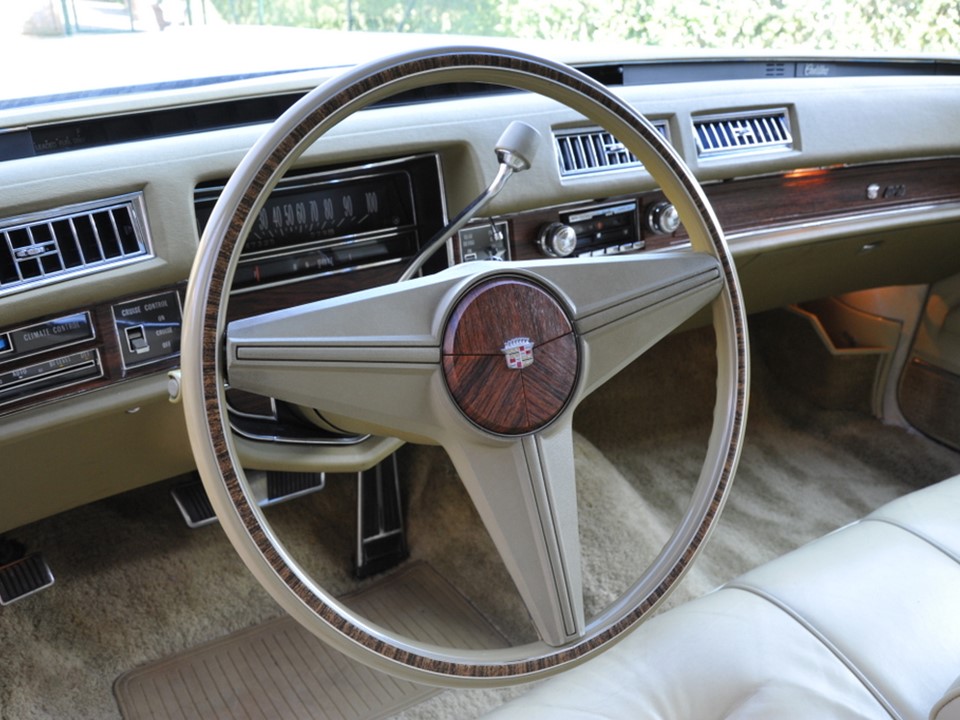
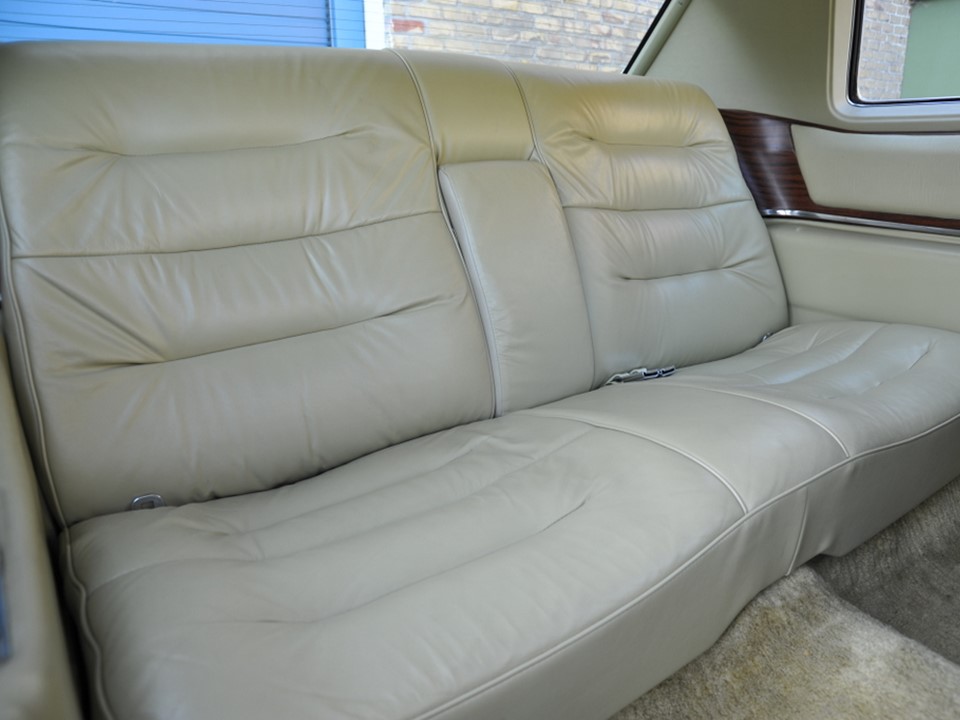

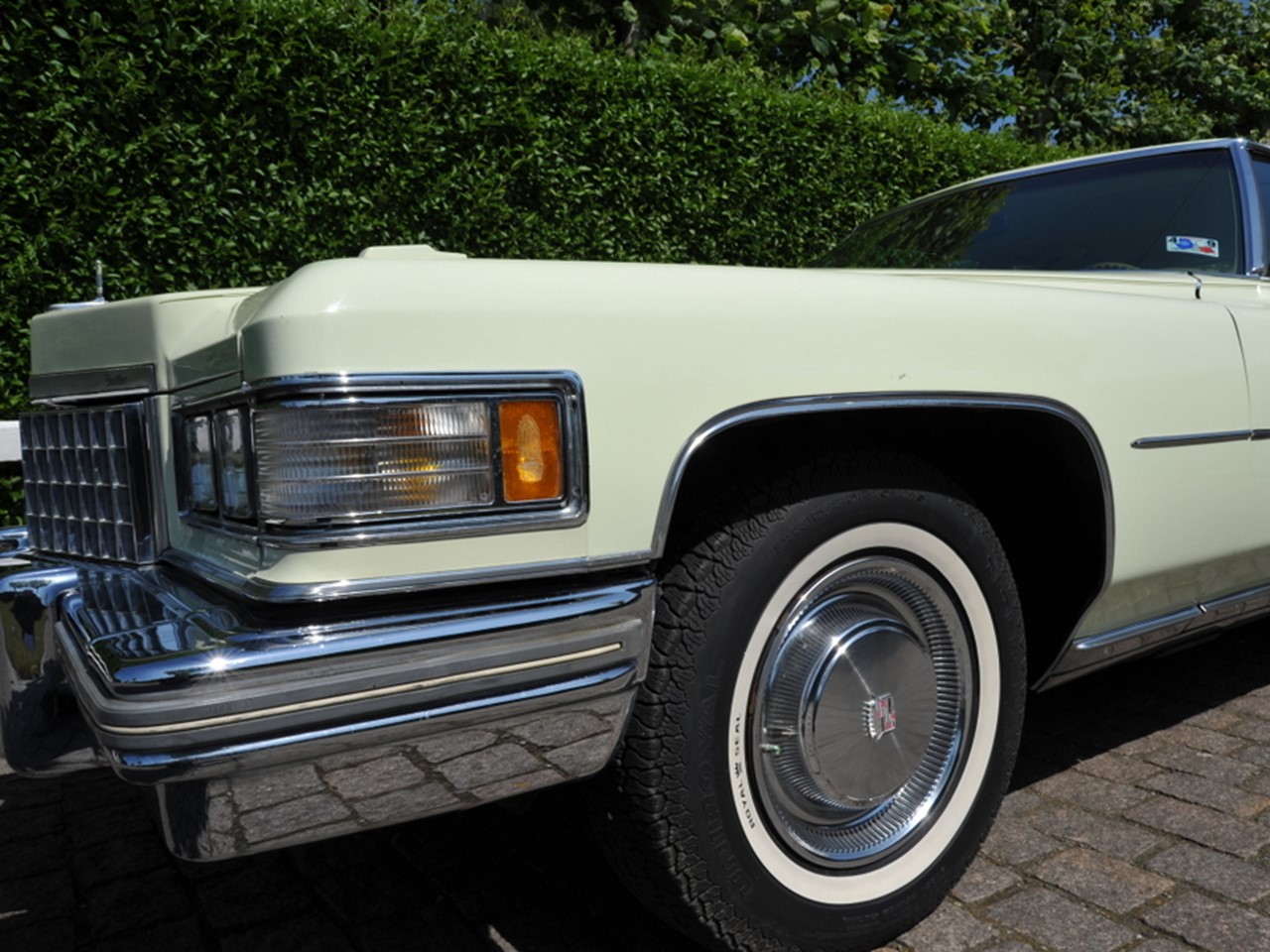

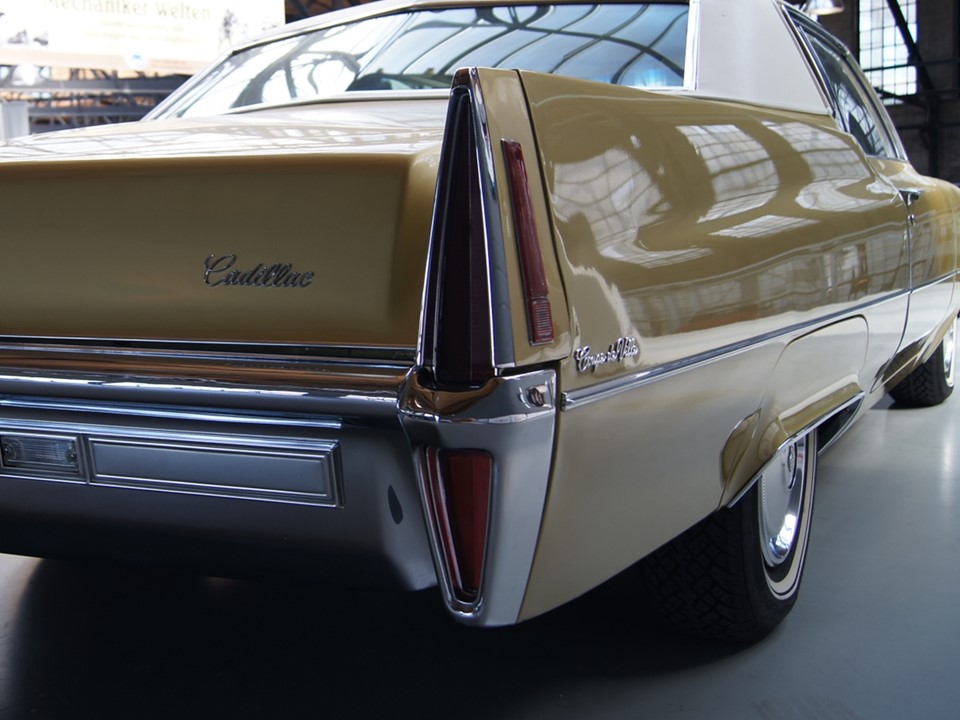
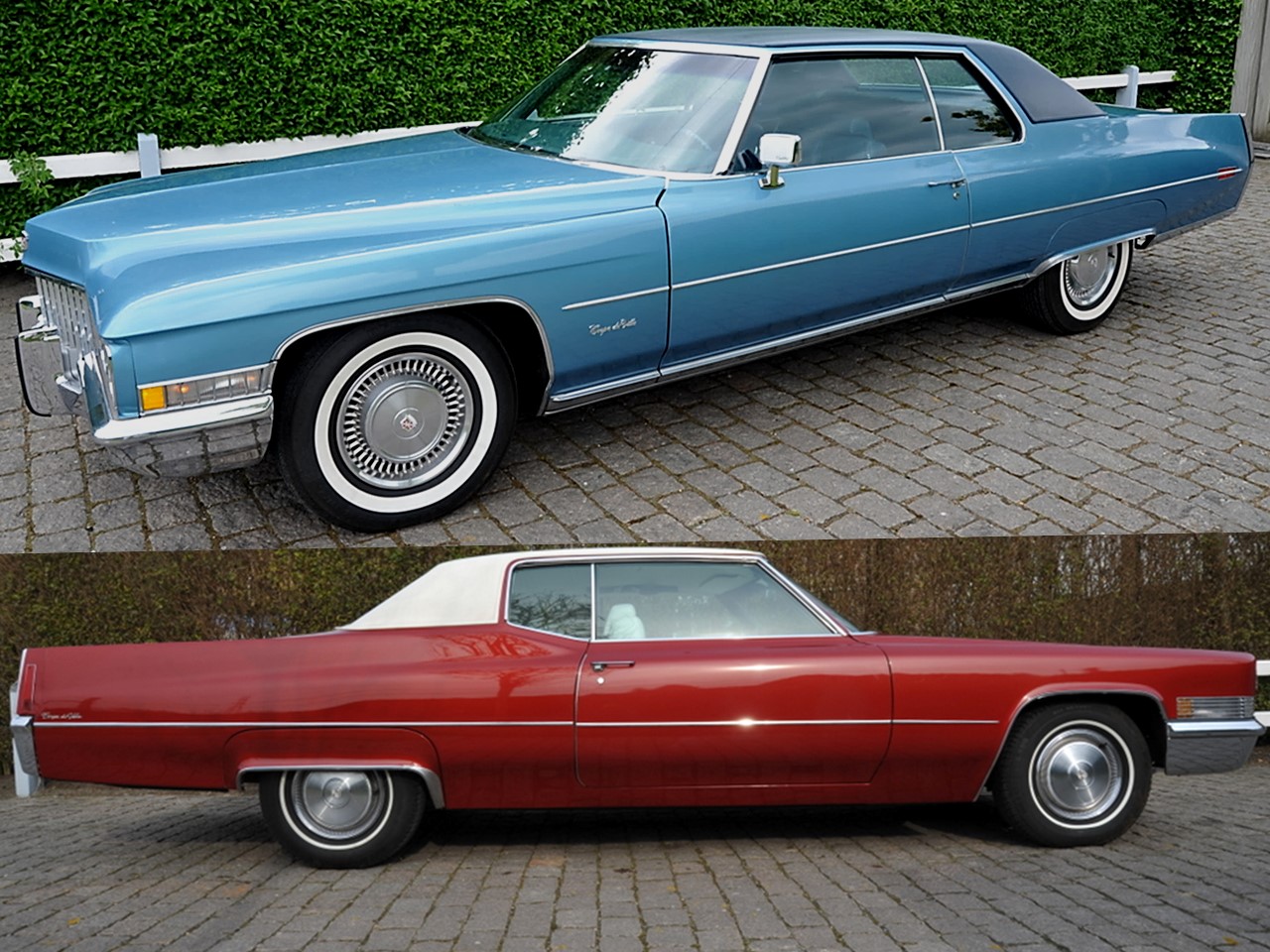
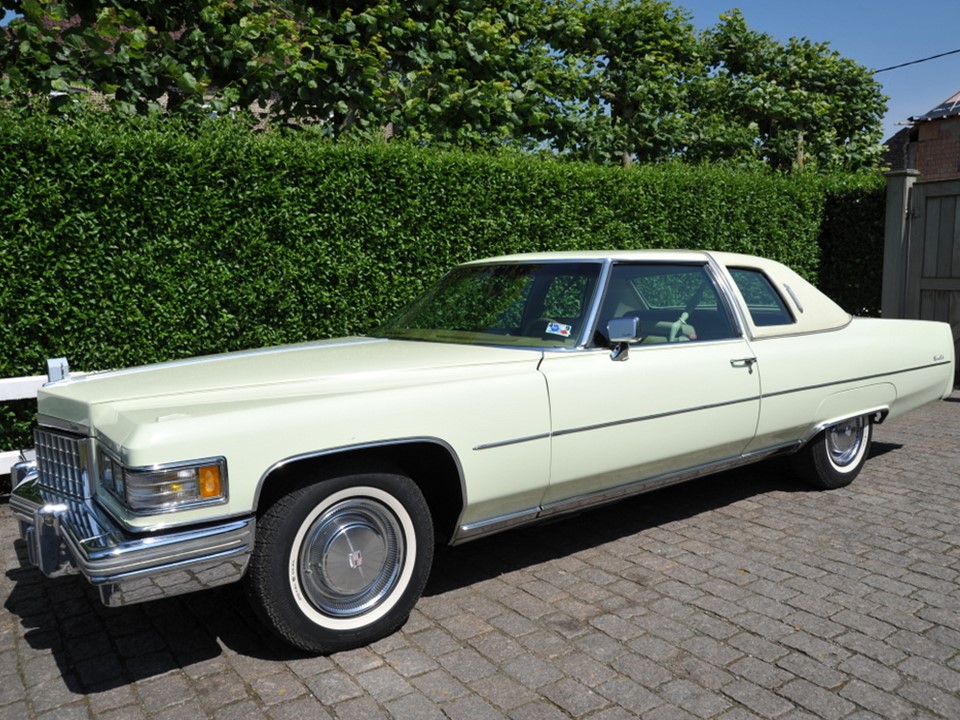

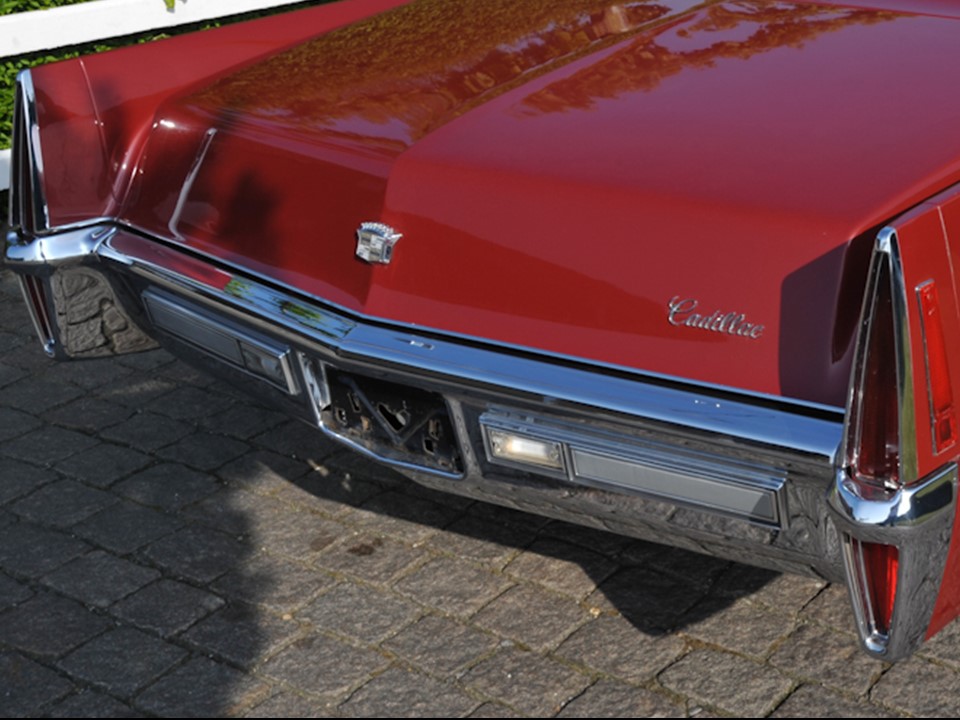

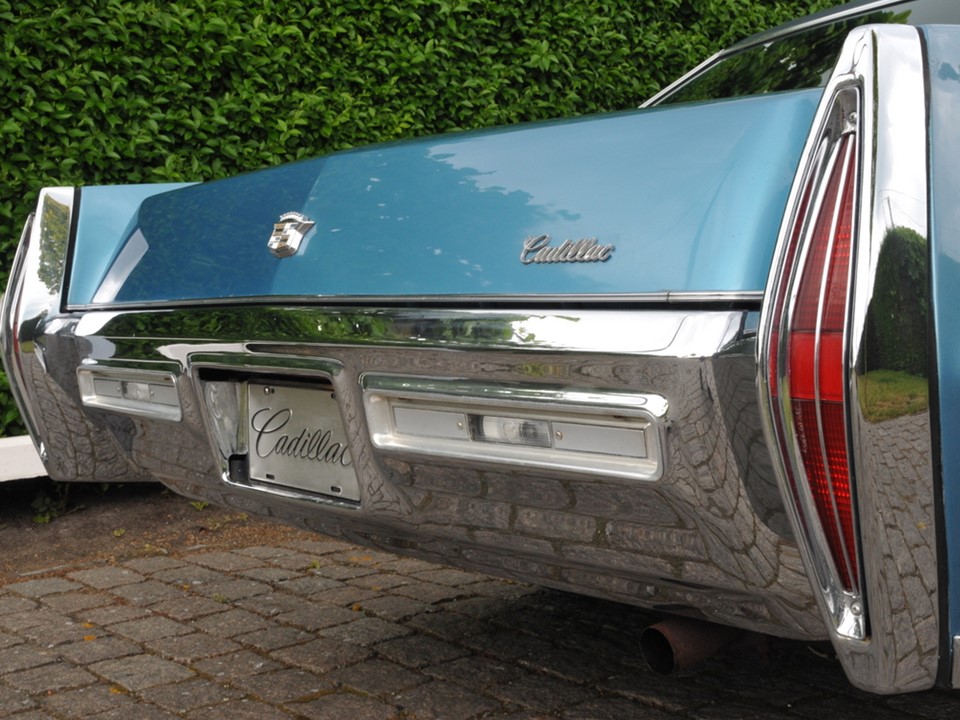
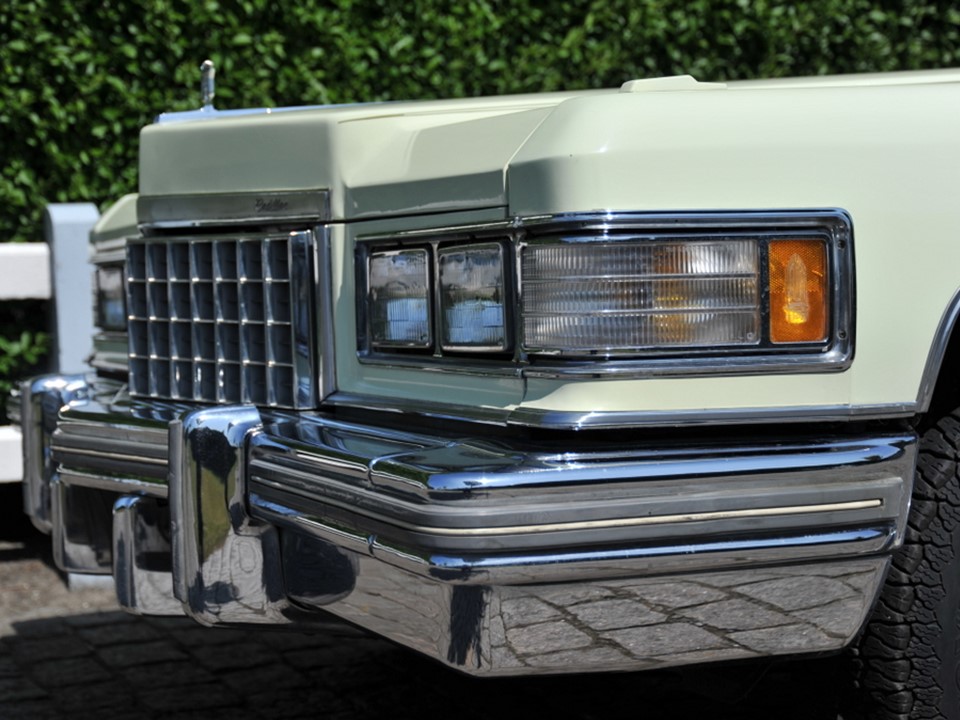
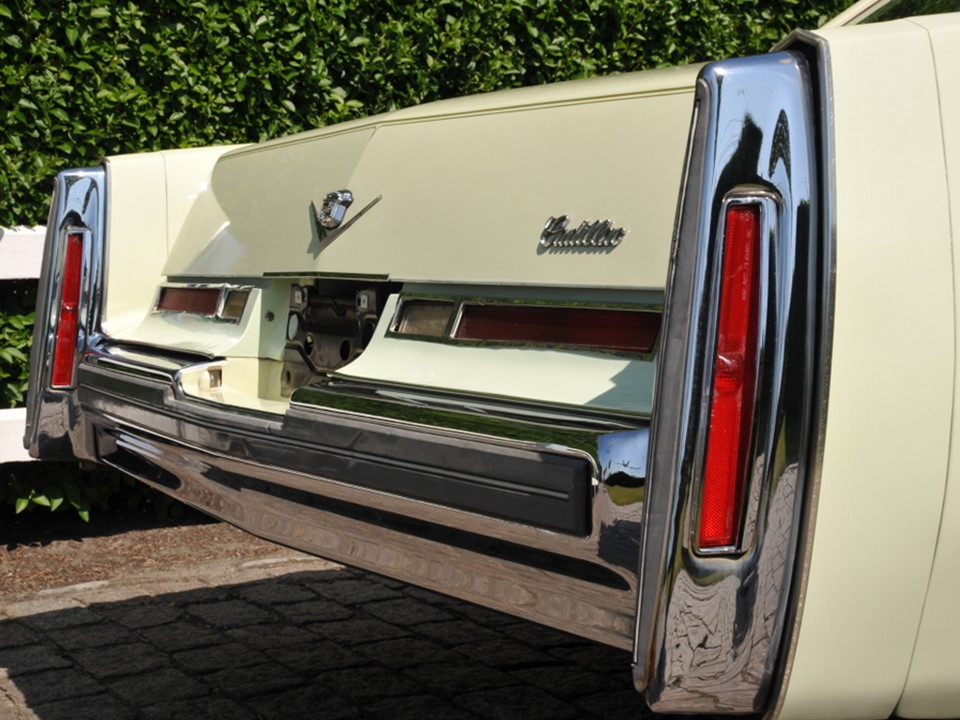

The 1971s were larger and weighed more than the 1970s.
Matt…What I referred to was the fact the downsizing had begun. If you compare the two you can clearly see the 1971-1976 cars were now based upon the same body as Oldsmobile and Buick. The 1970 was a real Cadillac. Starting in 1971 the front ends were bolted on like the doors with shims. The 1970s had a different build-style all together. GM simply s-t-r-e-t-c-h-e-d the dimensions just like they s-t-r-e-t-c-h-e-d the metal. Thin gauge metal rusted beyond belief. As for your extra weight, they had to anchor the thing to the ground! Look closely at the car forgetting length etc. Everything on 1971-1976 were cut down with an overstated greenhouse. It’s an optical illusion geared to make one think they were still driving what they used to. GM had to do it this way. Do you think the public would have bought the 1977 Cadillac if it had been introduced for the 1971 model year after the 1969-1970 Cadillacs? Stretching a wheel base and tacking on length was the theme from 1971-1976. Had Cadillac not done it this way to fool people as they did you, the brand would have sunk. The designers had to “piece-meal” the downsizing because we were addicted to HUOMGOUS Cadillacs. This could be compared to somebody who had smoked 4 packs of cigarettes daily suddenly STOP without consequences. One has to be weaned off that nicotine or bad things would happen! Same with our beloved Cadillac! Re-think your comment!
No, the 1971-1976 Cadillacs were getting smaller – forget the dimensions look at the styling – it’s diluted from the 1960s by all means. Rust ate the 1971-1976 models faster than it did Cadillacs from the 1960s. Look at the photos you can see the body disappearing. The 1976 is less car than the 1971. Take the Coupe deVille for example. Check out the new fixed quarter windows and flatter rear fender design of the 1974-1976 and compare it against the 1971. Those quarter windows are now FLUSH with the roof for aerodynamic efficiency. There’s more car back there in 1971…for ’74 they smashed the contours flat lowering the rear fenders to flow into the new roofline which is considerably less. If you look closely…you will get the true meaning of the story. Did I once compare length…wheelbase? Nope. I am demonstrating how the Cadillac car is slowly disappearing. Unless you are visually impaired, you can clearly see how much lower the ’71-’76 Cadillacs are than the 1970 which is MORE car. Look at the front fenders…look at the roof…look at the hood. Contrast the ’76 with the ’70 without looking at the ’71 and you can see how much lower Cadillac had gotten. The designers were slowly chiseling away at the body work to get us closer to the real chop-chop in the 1980s. I am going to cover those in subsequent articles. The next story will be the 1976…how the Seville was thrown into the mix resulting in the 1977 through 1979 Cadillacs as a spinoff design. I owned 1970, 1972, and 1976 Cadillacs I saw the difference. So to counter your counter…it takes more than s-t-r-e-t-c-h-I-n-g and tacking on length to be considered larger – again, forget your opinion and simply look at the photos WITHOUT looking at dimensions. You missed the meaning of this story –
I have a 1970 coupe deville and I purchased it with a blown 472. I purchased a 500 and installed it. I took all the pieces off the old engine and put it all on the 500. I drove the car and it was fine. Now it shifts only when the car is cool. How do I bypass the system?